 The Deli
Paper
The Deli
Paper
Sorry, but nothing matched your search terms. Please try again with some different keywords.

Deli paper is a specialized type of food-grade paper used primarily in delis, restaurants, and catering services. It’s designed to handle various food items without compromising quality or freshness.
Typically featuring a waxed or coated finish, deli paper helps prevent grease and moisture from seeping through. This makes it ideal for wrapping sandwiches and burgers or lining trays for takeout orders.
Available in different sizes and colors, deli paper allows businesses to add a touch of branding while maintaining functionality. The lightweight nature makes it easy to work with yet durable enough to hold up against heavier foods.
Beyond its practical applications in the kitchen, deli paper has become increasingly popular among home cooks for meal prep and storage. Its versatility extends beyond traditional uses into creative realms that can surprise many.
Deli paper is a game-changer in the food service industry. Its versatility makes it an essential tool for restaurants, delis, and cafes alike.
One of the key benefits is its ability to keep food fresh. Deli paper protects sandwiches, meats, and cheeses from drying out while allowing them to breathe. This helps maintain flavor and texture until they reach the customer’s hands.
Another advantage is hygiene. Using deli paper minimizes direct contact between food items and surfaces, reducing contamination risks. It’s easy to handle and dispose of after use.
Cost-effectiveness plays a significant role too. Deli paper can be purchased in bulk at affordable prices, making it budget-friendly for businesses looking to save money without compromising on quality.
Deli paper enhances presentation. Its clean lines make any dish appear more appealing—perfect for showcasing culinary creations with style.
Eco-friendly deli paper is gaining popularity in food service. This type of paper is made from sustainable materials, reducing environmental impact. Many options are now available that offer both functionality and sustainability.
Biodegradable deli papers break down naturally over time. They help lessen landfill waste while still providing excellent grease resistance for sandwiches and wraps. Compostable versions can even turn into nutrient-rich soil when disposed of properly.
Recycled paper products are another great choice. These use fewer resources during production and come with the added benefit of being recyclable after use.
Some companies also produce unbleached deli paper, which avoids harsh chemicals in processing. This option maintains durability without compromising on eco-friendliness.
Choosing these alternatives not only supports a healthier planet but also appeals to environmentally-conscious consumers looking for responsible choices in their dining experiences.
Deli paper is often associated with sandwiches and takeout, but its versatility extends far beyond the kitchen. For artists and crafters, it can serve as a unique medium for wrapping gifts. The simple yet charming aesthetic adds an extra layer of thoughtfulness to any present.
In classrooms, deli paper makes for an excellent surface for kids’ drawings and projects. Its lightweight nature allows young hands to manipulate it easily, promoting creativity without breaking the bank on expensive art supplies.
Pet owners can utilize deli paper as a disposable placemat during mealtime. It’s easy to clean up spills while protecting surfaces from messes.
Moreover, in home organization, use deli paper for labeling items in your pantry or fridge. It provides a quick way to mark contents without needing fancy labels that may peel off over time.
Bakers know that precision is key. That’s where wax paper comes in handy. It’s perfect for lining pans to ensure easy removal of baked goods, keeping your creations intact.
The non-stick surface prevents dough and batter from clinging to the pan. This means less frustration when it’s time to flip cakes or slide cookies off sheets.
Wax paper also serves as a great tool for rolling out dough. It creates a barrier that minimizes mess while allowing you to work efficiently. The cleanup is much simpler too—just toss it away when you’re done!
For storing items like pastries or cookies, wax paper keeps them fresh without introducing unwanted moisture. Wrap treats securely and maintain their delightful texture longer.
Whether you’re baking bread, cookies, or cakes, having wax paper on hand simplifies your process and enhances results each time you step into the kitchen.
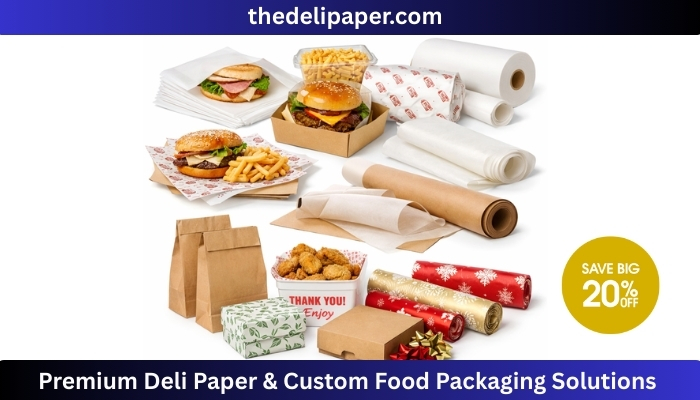
January 2, 2026
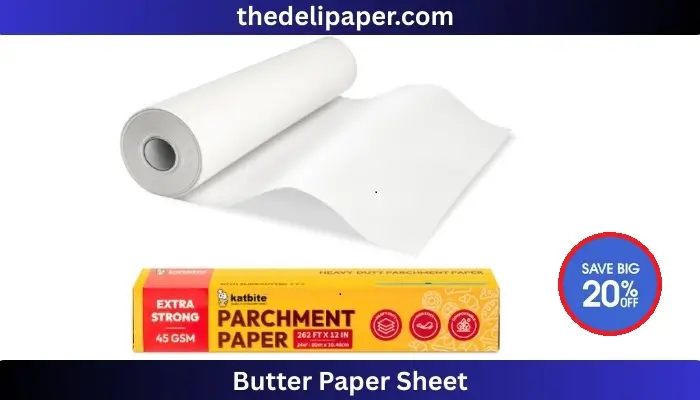
December 31, 2025
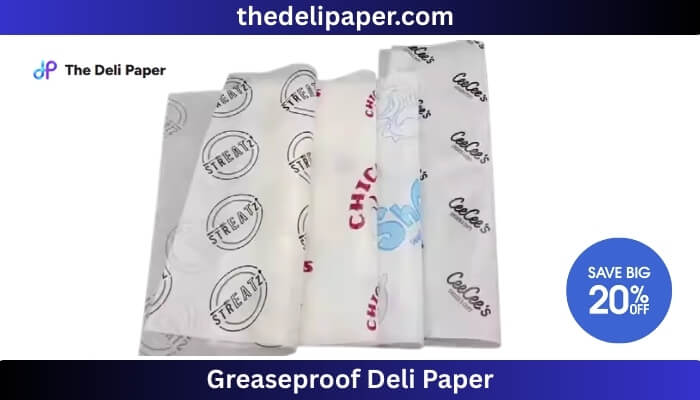
December 26, 2025
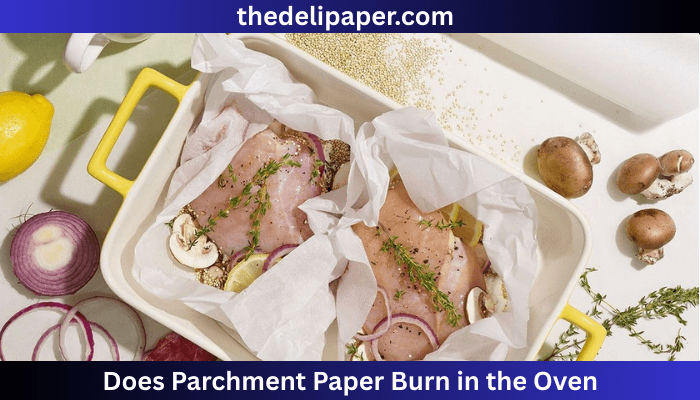
December 19, 2025
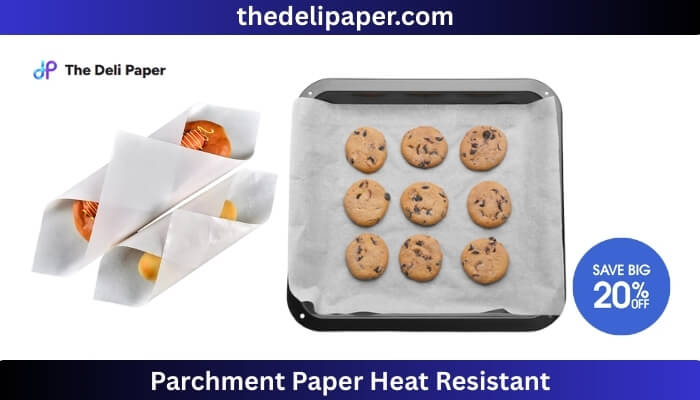
December 13, 2025
